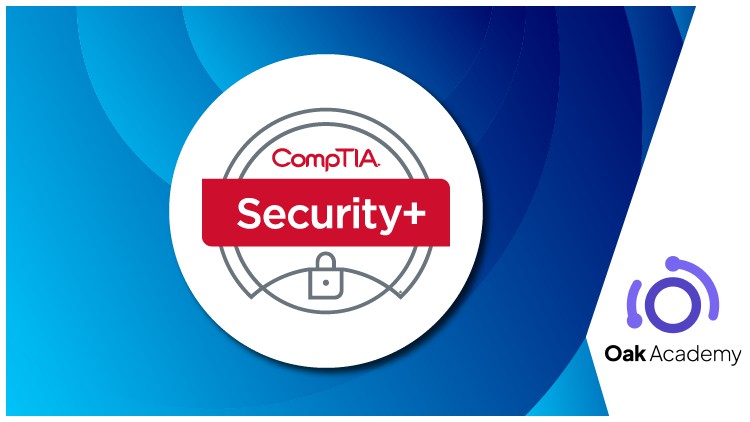در حال حاضر محصولی در سبد خرید شما وجود ندارد.

CompTIA Security + SY601, comptia security plus certification exam cource. CompTIA course will take you in cybersecurity
در این روش نیاز به افزودن محصول به سبد خرید و تکمیل اطلاعات نیست و شما پس از وارد کردن ایمیل خود و طی کردن مراحل پرداخت لینک های دریافت محصولات را در ایمیل خود دریافت خواهید کرد.


Kotlin | Android App Development Hands-on Projects Course

HackTheBox & TryHackMe- Cyber Security Upskilling Platforms

HackTheBox – Upskill Your Cyber Security & Ethical Hacking

Javascript Complete Guide With Practical Javascript Projects

Burp Suite in Bug Bounty for Web Application Pentesting

PostgreSQL | Learn T-SQL Using PostgreSQL with Real Examples

Python | Python Projects & Quizzes for Python Data Science

Python & Python PyQT5 | PyQT5 with Python GUI Programming

CompTIA Cloud | CompTIA Cloud+ CV0-003 Exam Preparation Lab

Hack The Box – Learn Cyber Security & Ethical Hacking in Fun
✨ تا ۷۰% تخفیف با شارژ کیف پول 🎁
مشاهده پلن ها